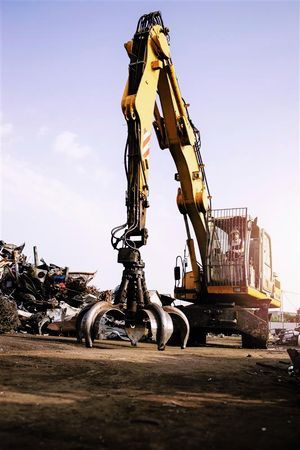An article by BMRA service member, Howden

Business interruption insurance keeps your business running following a large or catastrophic loss. It helps maintain operations following an insured incident, so you’re in the same position if the incident didn’t occur.
There must be insured damage to the property for business interruption to kick in. Although material damage to property needs to be insured, this doesn’t have to be by the policyholder – you may occupy a leased premises, which your landlord should insure.
Insurance is limited by time – the “indemnity period”, as well as a monetary amount (sum insured). The period begins on the day of the
incident and ends when the business has fully recovery, or on the expiry of the indemnity period, whichever occurs first.
Ensure you’re covered for the loss of gross profit following a reduction in turnover and any increased costs. It’s ideal for businesses with sizeable
volumes of uninsured working expenses (directly variable costs, whereby a high element of turnover comprises of expenses that vary in direct proportion to it).
There’s likely to be increased costs following a serious incident, which the policyholder will need to incur to mitigate the loss.
Examples of increased costs are overtime payments, hire of machinery, additional travel, transport, and expenses.

This cover is automatically included and incorporated into either your gross profit or gross revenue limit of liability, but you can have this cover
on its own without gross profit cover.
Only purchase this when you’re certain a loss of profit from an interruption won’t arise, but if you anticipate increased costs. For example, where
your operation has a large enough yard to continue to trade without difficulty, a temporary depollution bay may be An article from BMRA service member, Howden installed, and machinery or plant hired in until damaged items are replaced.
Are you insured for long enough?
Whilst many businesses will purchase business interruption, they often don’t buy enough, which leads to being underinsured – when the insurance won’t protect a business throughout the full cycle of a claim, leaving businesses in peril. If the indemnity period is too short, cover will end before the business is running again, and the operator will face recovery without financial support from insurance cover.
Potential timescales following an incident:
- Three months: Following a major incident, insurers carry out a forensic investigation, establishing the cause before cover can be confirmed and work begins
- Six months: Average time for planning permission and having plans drawn up
- Nine months: Work may start on repairing/rebuilding
- 15 months: Post rebuild, the operator can begin to kit out premises.
- 16 months: Provided replacements for machinery lost have been ordered and arrived, allow six weeks for fit out and commissioning
Remember, business interruption insurance can provide cover for loss of gross profit until that gross profit is no longer affected by the incident – the
cover doesn’t end the moment the premises is reinstated.
Our recommendation
12 months’ cover is never enough. At Howden we recommend a minimum of 24 months but consider how long it would take for your business to recover, so 36 months is something to think about.
If you’d like to discuss this article, please contact Client Director, Steve Walker, on 01384 375 555.
